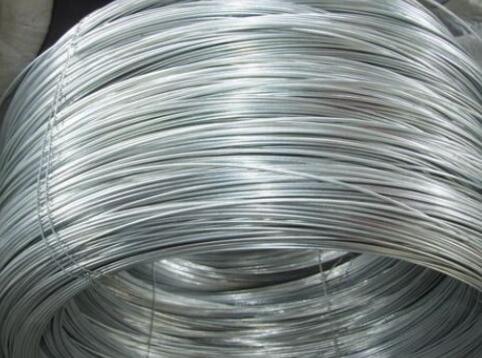Understanding Hot Dip Galvanized Barbed Wire A Comprehensive Overview
Hot dip galvanized barbed wire is a vital component in modern fencing solutions, widely used in both agricultural and industrial applications. This type of wire combines the formidable strength of steel with a protective zinc coating, resulting in a product that lasts longer and withstands harsh environmental conditions. In this article, we will explore the manufacturing process, benefits, applications, and maintenance of hot dip galvanized barbed wire.
Manufacturing Process
The production of hot dip galvanized barbed wire starts with high-quality steel wire. The steel is drawn to achieve the desired diameter, typically ranging from 12 to 18 gauge, depending on the application requirements. Once the wire is prepared, it undergoes a galvanization process, which involves submerging the wire in molten zinc. The high temperature causes a reaction that forms a robust coating of zinc on the steel surface. This layer not only protects the wire from rust and corrosion but also enhances its durability.
After galvanization, barbs are added to the wire. The spacing and design of the barbs are crucial, as they determine the effectiveness of the wire as a deterrent against intruders, animals, and other unwanted entities. The final product is then wound into coils, ready for shipment to various industries.
Benefits of Hot Dip Galvanized Barbed Wire
One of the most significant advantages of hot dip galvanized barbed wire is its longevity. The zinc coating can provide up to 50 years of protection against corrosion, significantly exceeding that of non-galvanized wire. This is particularly beneficial in areas with high moisture, salt exposure, or extreme weather conditions.
In addition to its durability, hot dip galvanized barbed wire is remarkably strong. Its tensile strength ensures that it can withstand significant force, making it an effective barrier in various applications. Its sharp barbs deter potential threats, providing a physical and psychological barrier for both trespassers and livestock.
hot dip galvanized barbed wire

Cost-effectiveness is another compelling benefit. Although the initial investment may be higher than non-galvanized alternatives, the longevity and reduced maintenance costs associated with hot dip galvanized barbed wire make it a wise choice in the long run. Furthermore, the reduced frequency of replacements helps to minimize labor costs associated with installation and maintenance.
Applications
Hot dip galvanized barbed wire finds a place in numerous industries. In agriculture, it is predominantly used for fencing livestock, helping to keep animals secure while preventing unauthorized entry into grazing areas. In industrial settings, it often protects facilities, construction sites, and warehouses, ensuring that valuable assets are secure from theft and vandalism.
Moreover, this type of wire is commonly used in residential areas where enhanced security is desired. Homeowners opt for hot dip galvanized barbed wire fencing as a cost-effective solution to deter intruders. Additionally, it has applications in military and government facilities, where security requirements are paramount.
Maintenance
Maintaining hot dip galvanized barbed wire is relatively straightforward. Regular inspections are crucial to identify any signs of wear or damage. Fortunately, due to the protective zinc coating, this type of wire requires minimal upkeep. If any sections show signs of rust or wear, they can be replaced individually, preventing the need for a complete overhaul of the fencing system.
In conclusion, hot dip galvanized barbed wire represents a robust, durable, and cost-effective solution for various fencing needs. Its manufacturing process imbues the wire with exceptional strength and longevity, making it ideal for agricultural, industrial, and residential applications. By opting for hot dip galvanized barbed wire, users can ensure a secure environment with minimal maintenance, ultimately leading to long-term satisfaction and safety.

















